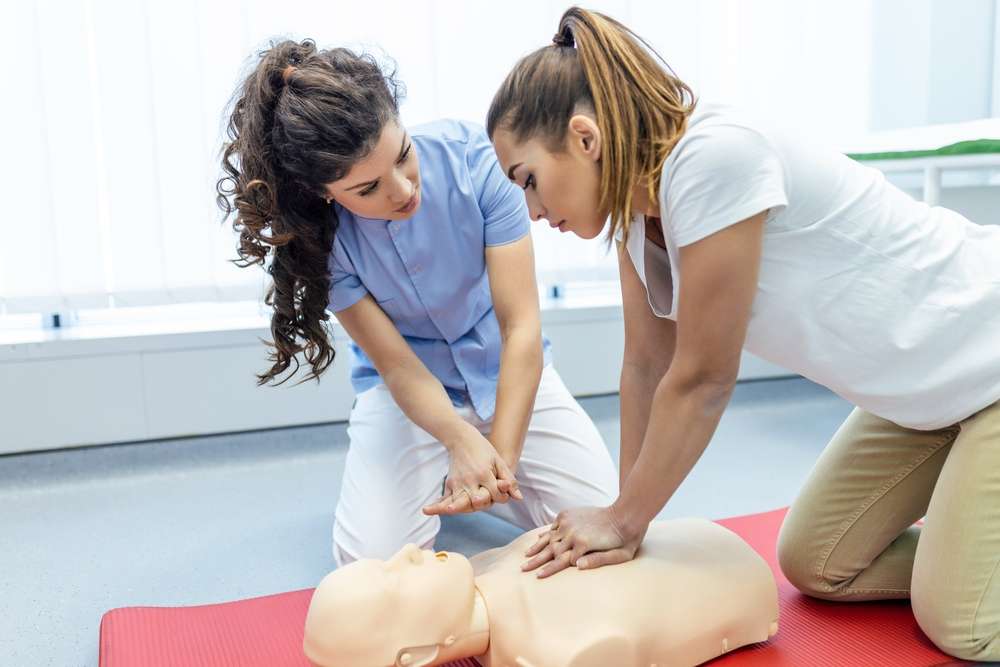Medical Assistant Training: Start a Career in Healthcare
Medical assistant training opens the door to a meaningful healthcare career. Learn what coursework and hands-on practice are involved, typical program lengths, costs, and career paths. This guide covers certification prep, clinical skills, administrative duties, and tips for choosing an accredited program to jumpstart your journey in healthcare.

Medical assistant programs provide the practical knowledge and clinical skills needed to support physicians and other healthcare professionals. Whether you want to work in a physician’s office, clinic, or hospital, structured training helps you build a foundation in patient care, administrative tasks, and medical technology.
What medical assistant training covers
Programs are designed to balance classroom learning with hands-on practice. Core topics usually include:
- Anatomy and physiology: basic body systems and how they function.
- Medical terminology: the vocabulary used in charts, orders, and reports.
- Pharmacology: common medications, dosages, and safe handling.
- Clinical procedures: taking vitals, drawing blood, injections, and preparing patients.
- Medical office administration: scheduling, billing, and front-desk duties.
- Electronic health records (EHR): documentation, data entry, and privacy rules.
- Medical law and ethics: patient rights, confidentiality, and professional conduct.
Many programs incorporate lab sessions and simulated patient care so students can practice clinical techniques before working with real patients. Externships or clinical placements are common and give experience in actual healthcare settings.
Program lengths and pathways
You can become a medical assistant through several training routes, each with different time commitments and depth of study:
- Certificate programs: Typically short and focused, taking about 9–12 months. These emphasize core clinical and administrative skills to prepare you for entry-level roles.
- Diploma programs: Often 12–18 months long, offering a more comprehensive curriculum than certificates with additional hands-on training.
- Associate degree programs: Two-year programs that include general education courses in addition to medical assisting coursework. An associate degree can broaden career options and may improve chances for advancement.
Choose the pathway that fits your schedule, budget, and long-term goals. Some employers prefer candidates with longer programs or formal degrees, while others hire graduates of shorter certificate tracks.
Admission requirements
While criteria differ among schools, common prerequisites include:
- High school diploma or GED
- Minimum age (usually 18)
- Background check and drug screening
- Up-to-date immunizations and health records
- Basic computer literacy
- Proficiency in English for communication and documentation
Certain programs may also ask for prerequisites in biology or math. Confirm specific entrance requirements with each institution before applying.
| Program Type | Typical Duration | Estimated Cost Range |
|---|---|---|
| Certificate | 9–12 months | $1,200 – $15,000 |
| Diploma | 12–18 months | $5,000 – $20,000 |
| Associate Degree | 2 years | $10,000 – $40,000 |
Prices, rates, or cost estimates mentioned in this article are based on the latest available information but may change over time. Independent research is advised before making financial decisions.
Additional expenses can include uniforms, textbooks, transportation, and exam fees. Many schools offer financial aid, scholarships, or payment plans to help cover tuition and related costs.
Career opportunities after training
Graduates can pursue roles across many healthcare settings, including:
- Physicians’ offices
- Hospitals and outpatient centers
- Specialty clinics (pediatrics, cardiology, ophthalmology)
- Rehabilitation facilities and nursing homes
- Urgent care centers and ambulatory clinics
Medical assistants perform both administrative and clinical duties, making their skills transferable among specialties. With experience or further education, many move into supervisory roles or related fields such as medical billing, patient coordination, or nursing.
Choosing the right program
When evaluating schools, consider these factors:
- Accreditation: Prefer programs accredited by recognized bodies such as CAAHEP or ABHES to ensure educational quality and eligibility for certification exams.
- Curriculum scope: Look for balanced programs that teach both patient care and office management.
- Hands-on opportunities: Clinical labs, simulations, and externships are invaluable for building real-world competence.
- Instructor credentials: Experienced faculty can offer practical insights and mentorship.
- Job placement support: Career services, resume help, and employer connections can ease your transition into the workforce.
- Certification preparation: Programs that prepare students for national exams like the CMA (AAMA) or RMA increase employability.
Visiting campuses, talking to faculty and recent graduates, and comparing course outlines will help you make an informed decision.
Final thoughts
Training as a medical assistant is a practical way to enter healthcare quickly while gaining a variety of clinical and administrative skills. Consider program length, cost, accreditation, and hands-on experience when choosing a school. With dedication, this education can lead to stable employment and opportunities to specialize or advance.
This article is for informational purposes only and should not be considered medical advice. Please consult a qualified healthcare professional for personalized guidance and treatment.






